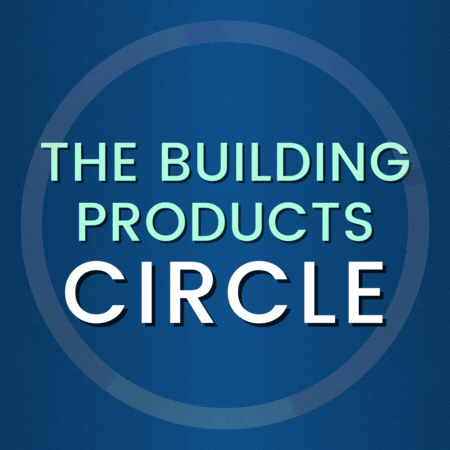This is provided to inform clients of the dissimilar metal protection requirements of the 2015 Aluminum Design Manual, Chapter M – Section M.7
Structures of the alloys covered by the Aluminum Design Manual are not ordinarily painted. Surfaces shall be painted where:
- 2014-T6 alloys are exposed to corrosive environments.
- Aluminum alloy parts are in contact with, or are fastened to, uncoated steel members or other dissimilar materials (see below).
- Exposed to extremely corrosive conditions.
- Required by the designer for reason of appearance.
Either the aluminum or the dissimilar material must be painted, sealed, or otherwise protected from contact with the following materials:
-
- STEEL
- Exceptions: No protection required for:
- Stainless Steel (300 series), except in high-chloride (salty) environments.
- Galvanized Steel (hot-dip galvanized or electro-galvanized).
- Aluminized steel.
- Acceptable Paints:
- Priming Paint (one coat), such as zinc molybdate, alkyd type primer in accordance with Federal Specification TT-P-645B (“good quality”, no lead content).
- Follow primer with two coats of paint consisting of 2 lb. of aluminum paste pigment (ASTM Specification D962-81, Type 2, Class B) per gallon of varnish meeting Federal Specification TT-V-8 1, Type 11, or equivalent.
- Severe Corrosion Conditions: Additional protection can be obtained by applying a suitable sealant to the faying surfaces, capable of excluding moisture from the joint during prolonged service in addition to the zinc molybdate, alkyd type primer.
- Exceptions: No protection required for:
- WOOD
- Includes aluminum laid on or against:
- Wood
- Fiberboard
- Other porous materials that absorb water and cause corrosion (i.e. where moisture is present and corrodents will be entrapped between the surfaces).
- Acceptable Protection:
- Heavy coat of alkali resistant bituminous paint or other coating providing equivalent protection before installation.
- Other insulating barrier between the aluminum and the porous material.
- Includes aluminum laid on or against:
- STEEL
-
- CONCRETE, Embedded into
- Exceptions:
- Concrete with no corrosive additives – no protection required.
- Where no extended exposure to extremely corrosive conditions is expected – no protection required.
- Acceptable Paints:
- Priming Paint (one coat), such as zinc molybdate primer in accordance with Federal Specification TT-P-645B (“good quality”, no lead content).
- Alt: Heavy coating of alkali resistant bituminous paint.
- Alt: Wrap aluminum with a suitable plastic tape applied in such a manner as to provide adequate protection at the overlaps.
- NOTE: Aluminum shall not be embedded in concrete to which corrosive components such as chlorides have been added if the aluminum will be electrically connected to steel.
- Exceptions:
- CONCRETE, Embedded into
-
-
- WATER that has come in contact with a heavy metal (e.g. copper)
- Heavy metals leached into water can cause corrosion of aluminum.
- Acceptable Remedies:
- Paint the heavy metal.
- Coat the heavy metal with plastic.
- Divert drainage from heavy metal away from aluminum.
- WATER that has come in contact with a heavy metal (e.g. copper)
-
Prepainted aluminum only requires additional protection when specified by the designer to abate extremely corrosive conditions.
Information provided by Zach Rubin, PE
Last Update: December 15, 2022
Total 4 Votes:
3
